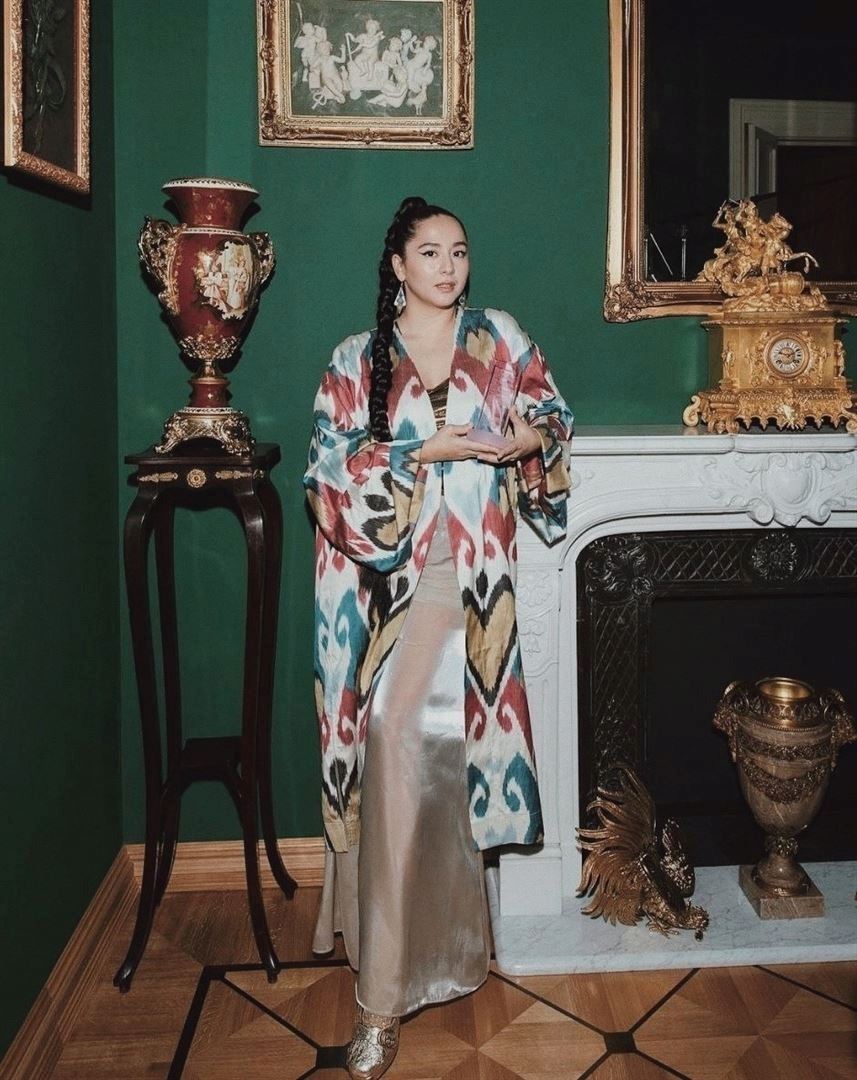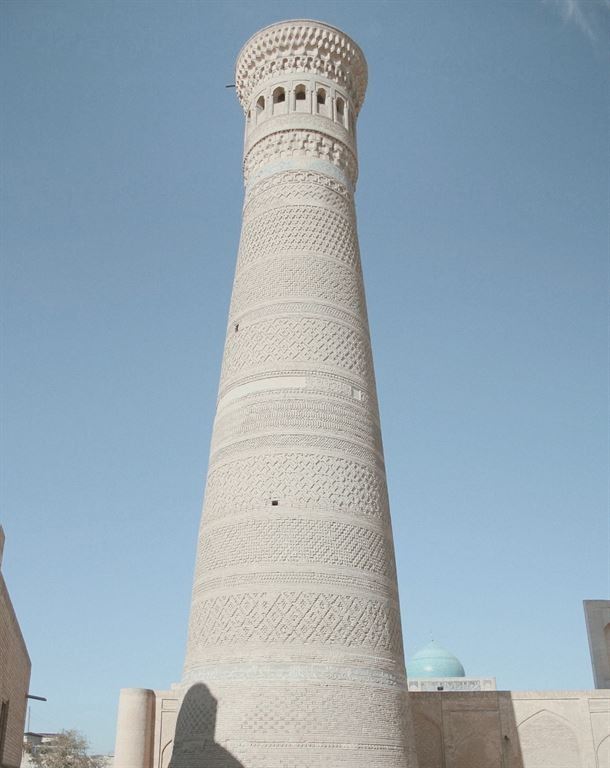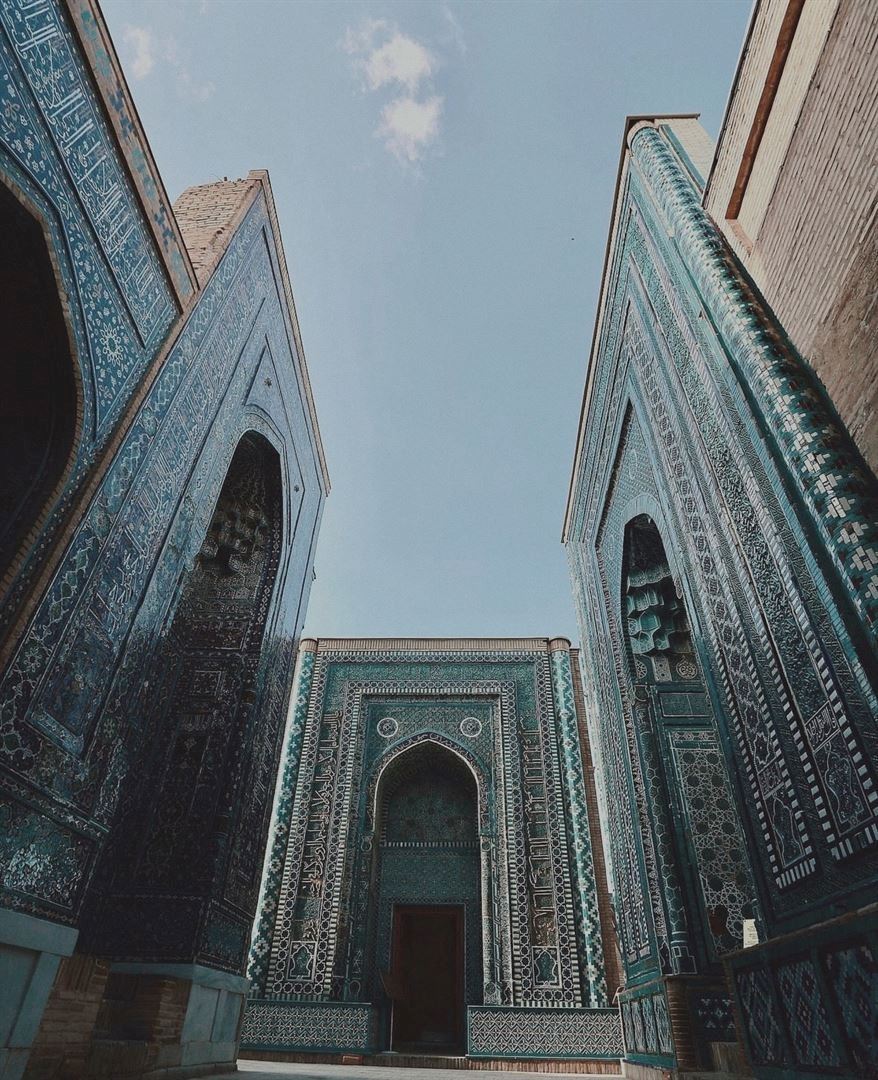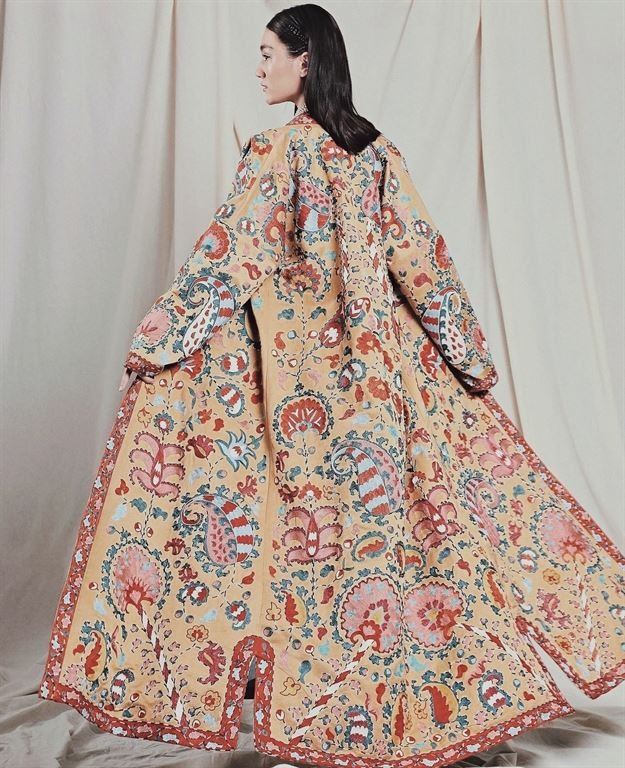The quintessence of Central Asian culture is the centuries-old culture of Uzbekistan: multifaceted, colorful and unique.
White sun, blue sky, emerald minarets and golden gambizas are the identification of the East.
History is full of mysteries and riddles. In the East, everything has a different appearance and different names.
It is no wonder that the culture of this region is so alluring and its beauty has been sung for centuries.
The founder of WOSK1147 company, ambassador and inspirer of ideas - Ivetta Makarova, together with the editor-in-chief of WOSK1147 magazine - Malika Djuraeva, decided to write an article with a story about the cultural heritage of Uzbekistan, which inspired world designers to create a number of collections with the integration of ethnic motifs of the Uzbek people.
The theme was not chosen by chance - the editor-in-chief of WOSK1147 magazine is a native of Uzbekistan:
"- I was lucky to be born in a country that has such a great cultural heritage. Uzbekistan is absolutely unique!
I was born in Tashkent and, as it seems to me, Tashkent is a kind of time machine: here you can see modern buildings that fully correspond to the architectural solutions of the twenty-first century, and on the next street you will be greeted by a mosque that is more than five centuries old, for example, the mosque: "Juma Masjidi" "Main Friday Mosque" - it was built in 1451." - Malika Djuraeva.
In addition to architectural artifacts, the Orient has always been famous for its textiles.
In the 4th century A.D. through such cities as: Samarkand, Bukhara, Khiva, Tashkent, Termez and Fergana - the Great Silk Road passed through such cities as. Since ancient times Uzbek fabrics were exported to Europe and China.
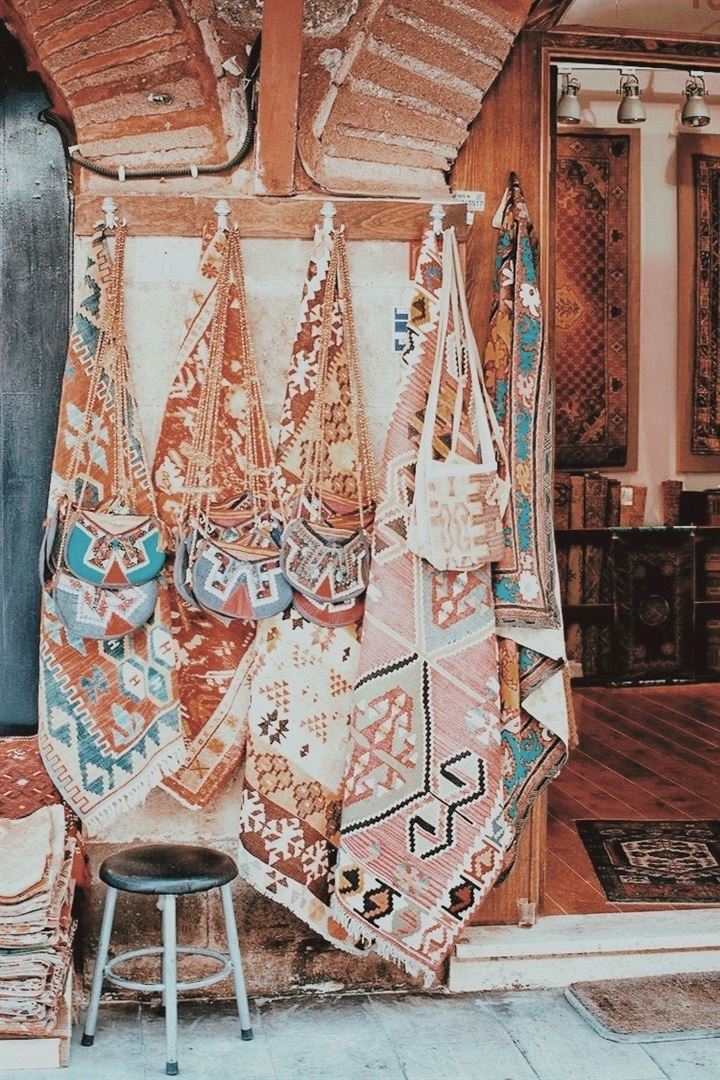
Returning to our days, one can clearly trace a growing trend in the Fashion-industry: the world's high fashion houses, as well as famous couturiers, once again, began to use ethnic motifs of the East in their collections.
Christian Dior
spring-summer 2021

Ralph Lauren
spring-summer 2022

Saadi atelier London
Collection: Saadi x Suzani

The mató Moscow
All collections
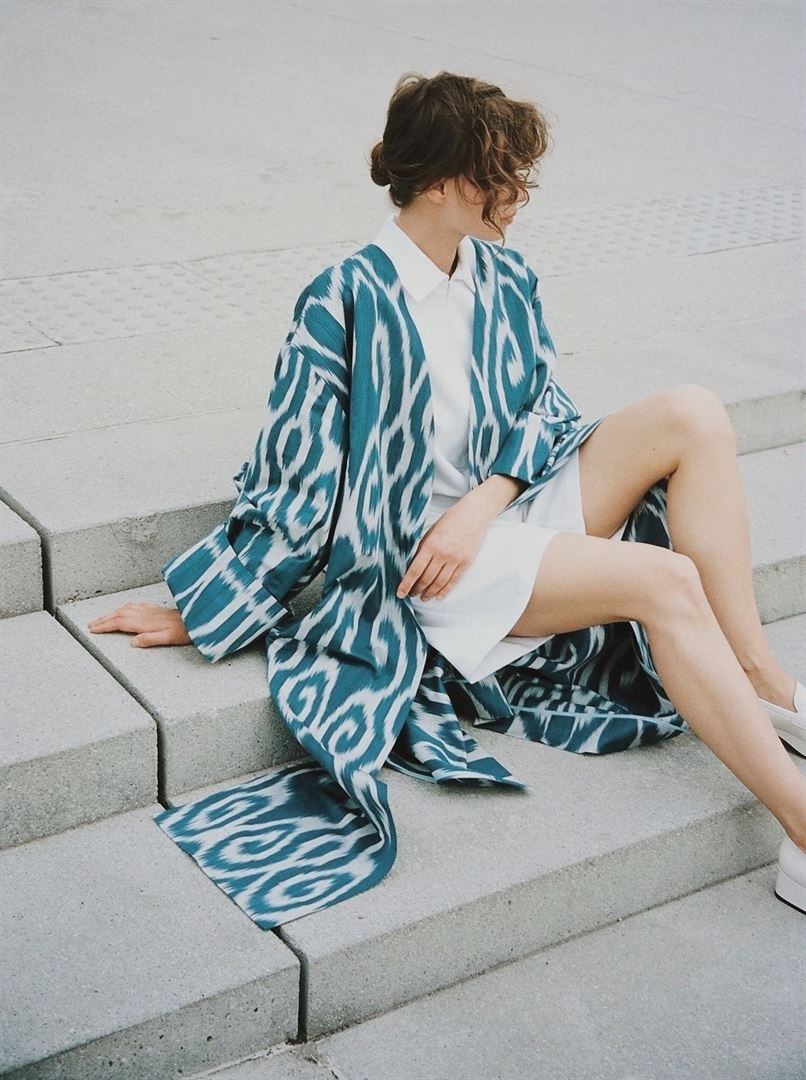
It is absolutely true that designers all over the world have paid attention to the color of Uzbekistan: every detail in the ornament, which is applied to the fabric, is a key to certain symbolism and tradition, which go into the secrets of the past.

Thus, ethnic patterns are folklore images, folk motifs, which contain a creative union of religion and culture.
Traditional Uzbek fabrics include: wild silk; cotton fabric - these fabrics are natural and produced only by hand.

There are several basic techniques for working with fabric:
Gold embroidery is a special technique of embroidering with gold and silver threads on fabric.
The largest gold embroidery factory is located in the city of Bukhara.
These designs are called "Bukhara motifs".

Ikat is a technique of complex weaving of threads dyed in certain colors. Traditional Uzbek patterns and artistic ornaments on silk fabric are considered an integral part of the national culture.
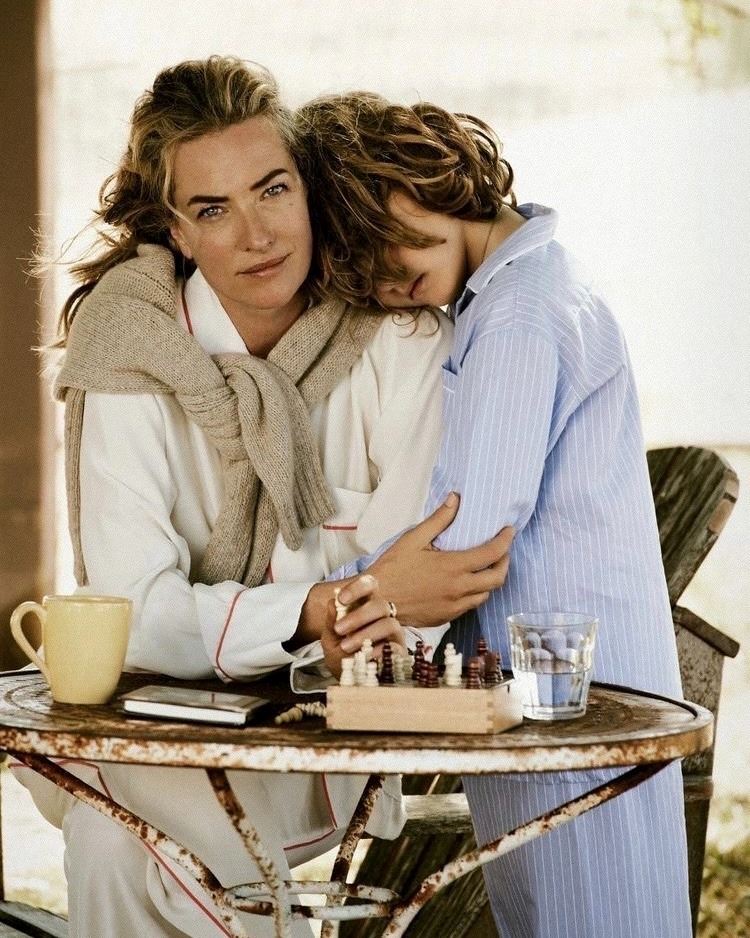
The most popular Uzbek fabric is Khan-Atlas - in turn,
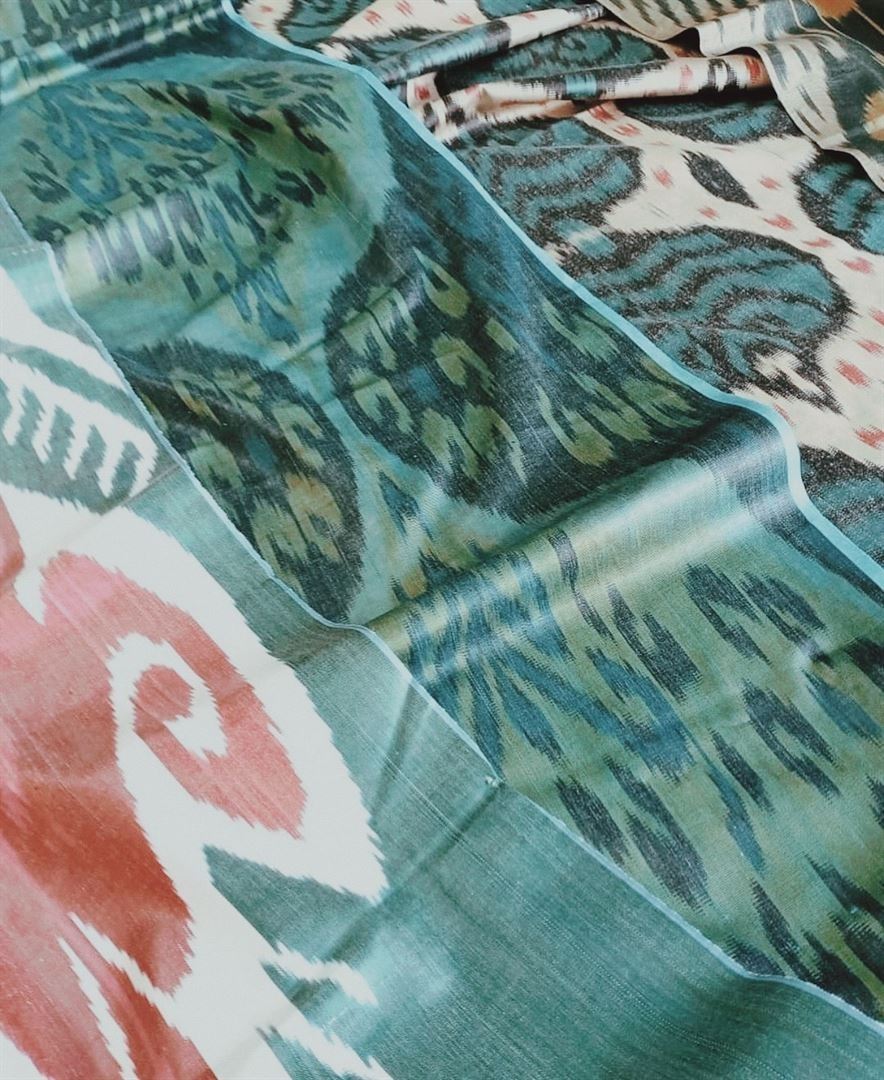
Khan-Atlas has several varieties:
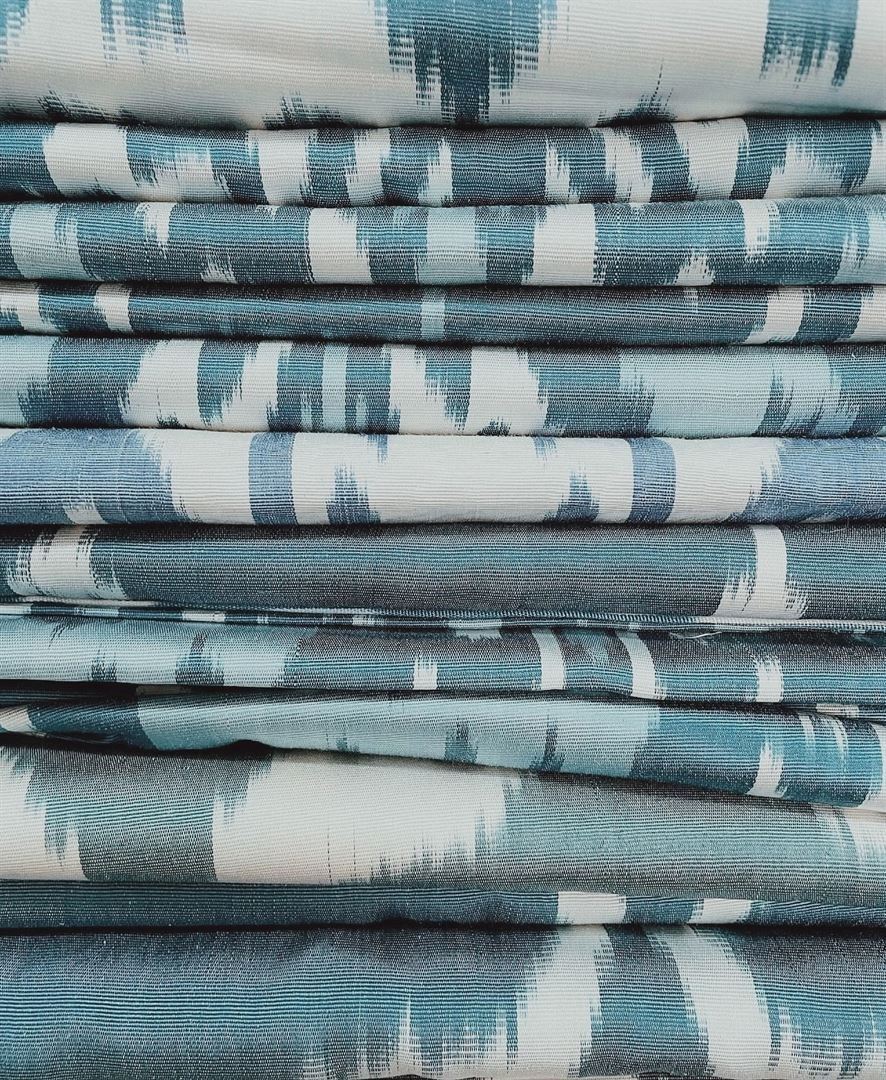
Adras - contains an equal proportion of silk and cotton in its composition - cotton strengthens the texture of the fabric.
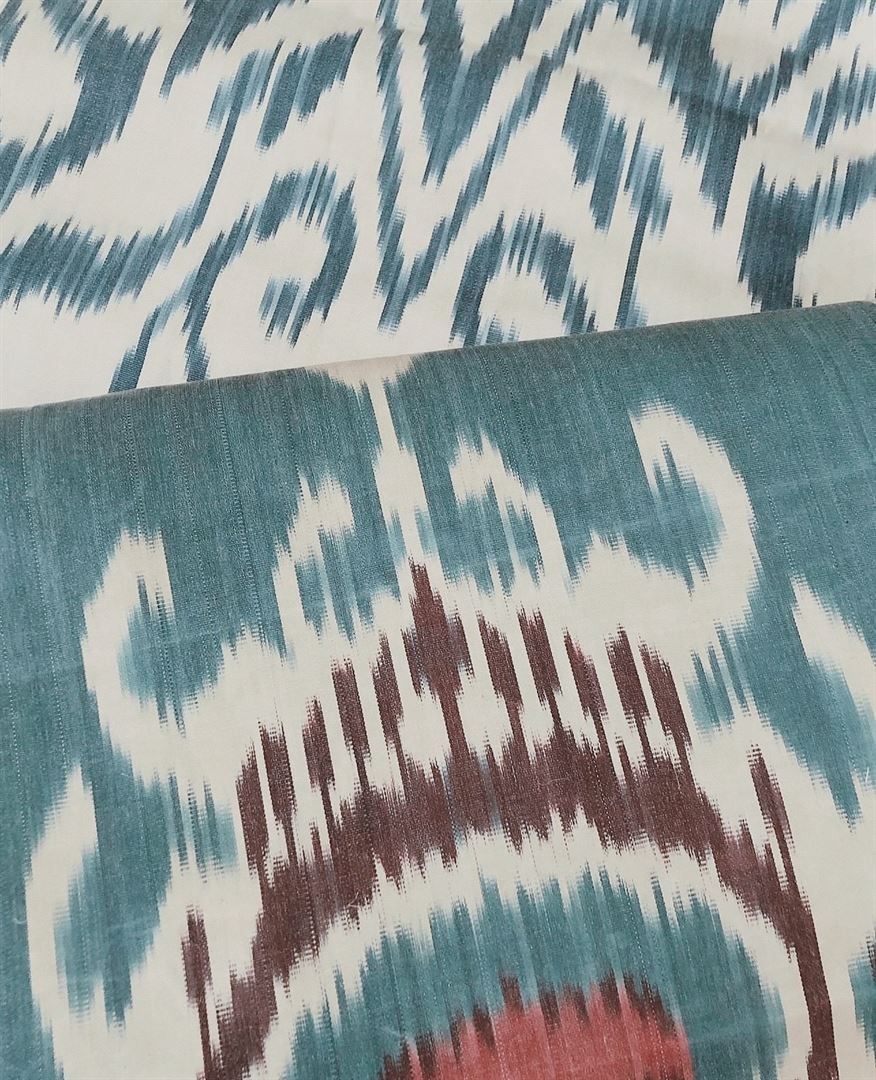
Shoi and Podshohi - this fabric is made exclusively from wild silk, so it is soft and smooth to the touch.
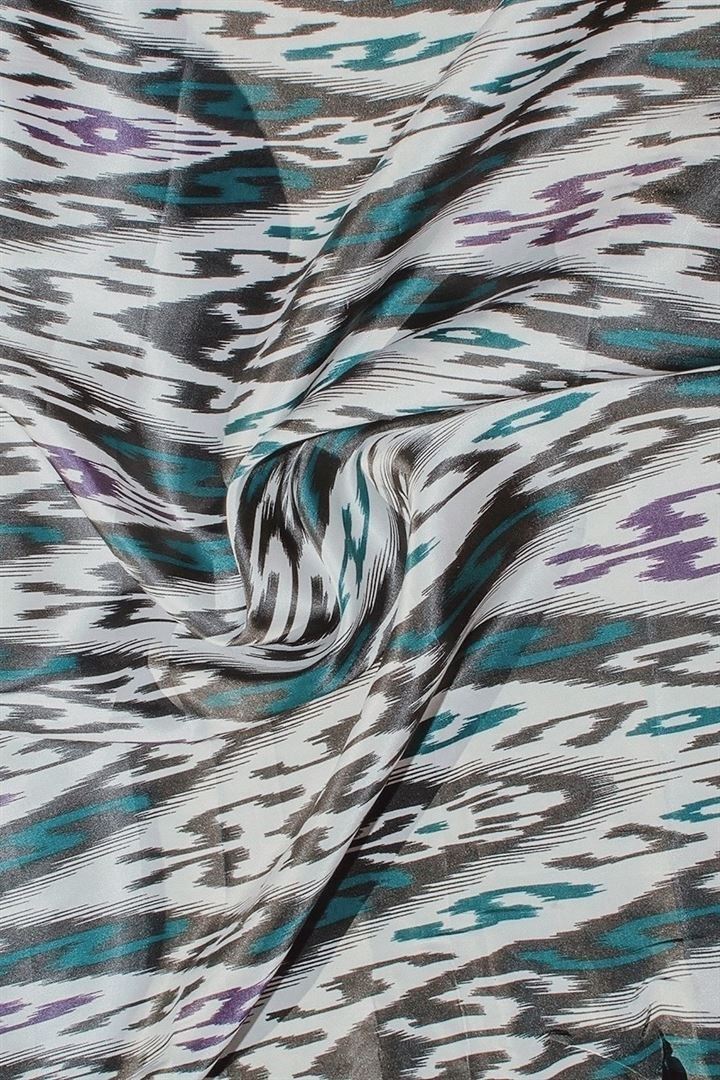
Pasma is a fabric that also contains cotton.
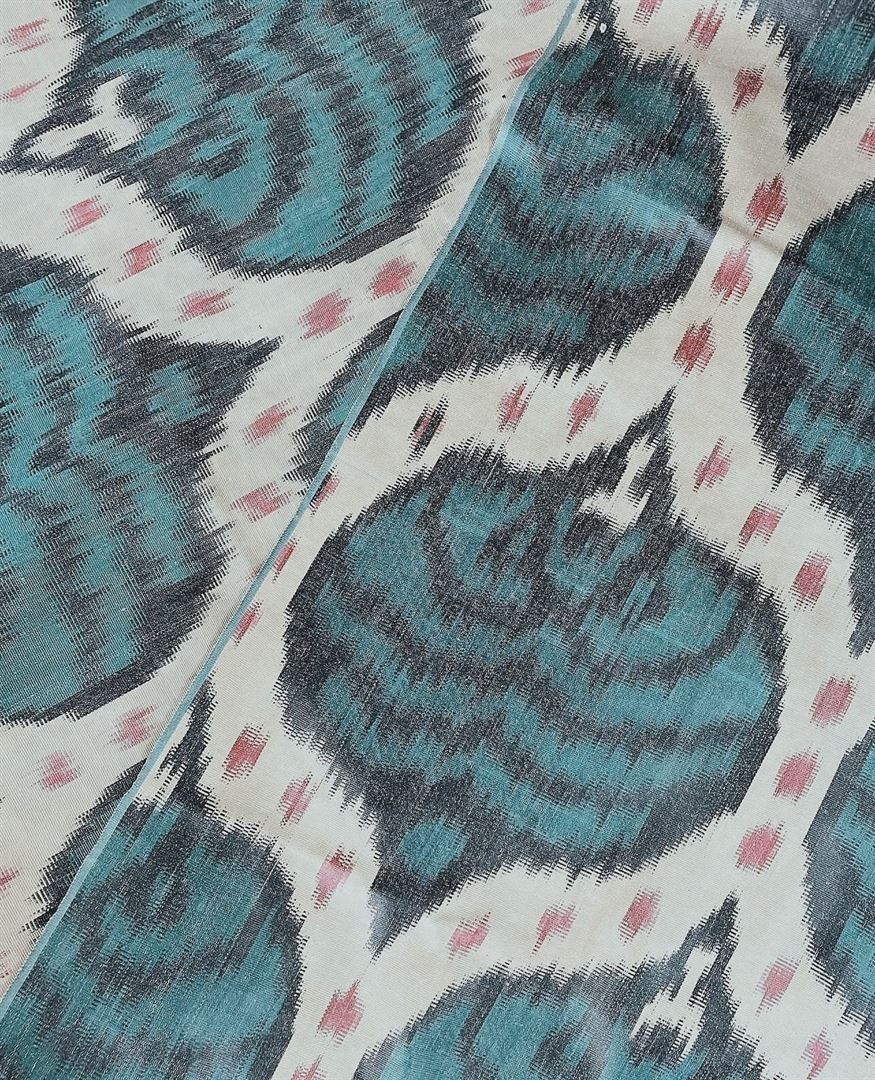
Bekasam - belongs to special fabrics, because it is used to sew festive clothes, mainly for brides for the rite of "Nikakh".
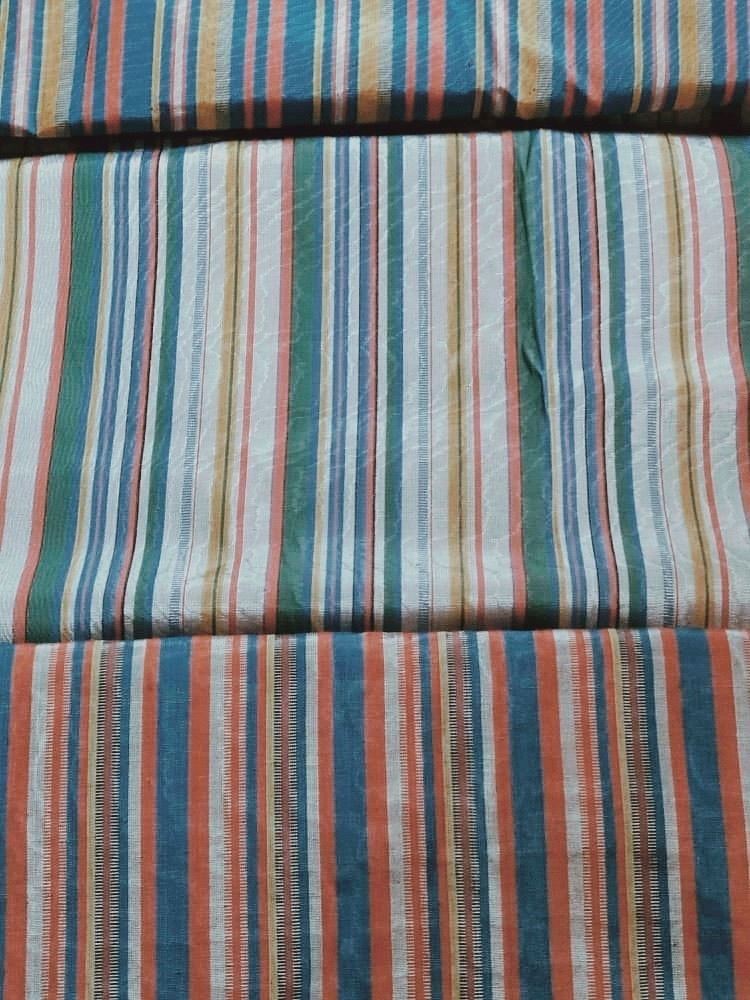
The above-mentioned fabrics can not only emphasize the personal preferences of their owner - the patterns on the fabrics can also tell about the social status of the owner.

The patterns themselves depend on the region in which the fabric was woven, the most popular patterns on fabrics:
"Kapalak" - butterfly
"Bodom" - almond
"Tumor" - amulet
"Daraxt" - wood
"Anor" - pomegranate
"Shox" - horn
"Oy" – moon
These ornaments are not only a decoration, but also an amulet for the wearer.
The color palette of Uzbek fabrics is very rich, however, the main colors are: white and blue.
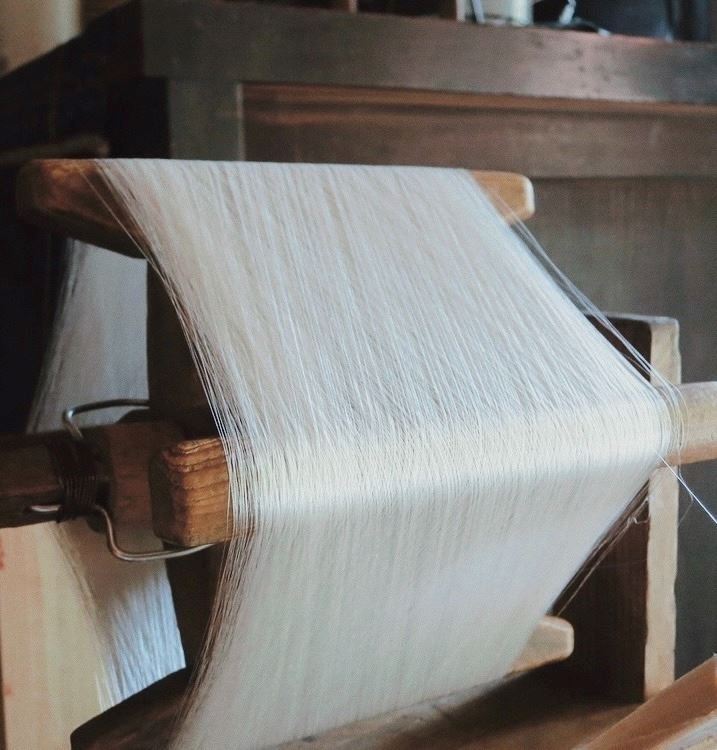
There is a story that tells why these colors became the basis for the folk ornaments of Uzbekistan: once, an artist was sitting on the bank of a river - the sky and clouds were reflected in the river. The artist noticed the play of colors shimmering on the water surface and how the current changed the shape of the clouds. He sketched these changes and showed them to the weavers, who tried to reproduce them on the fabric.
Later, the word "Abr", which translates as "cloud", came to be used to refer to the style of thread dyeing in traditional fabrics, so the fabrics came to be called abr and the weavers were called abrbandas.
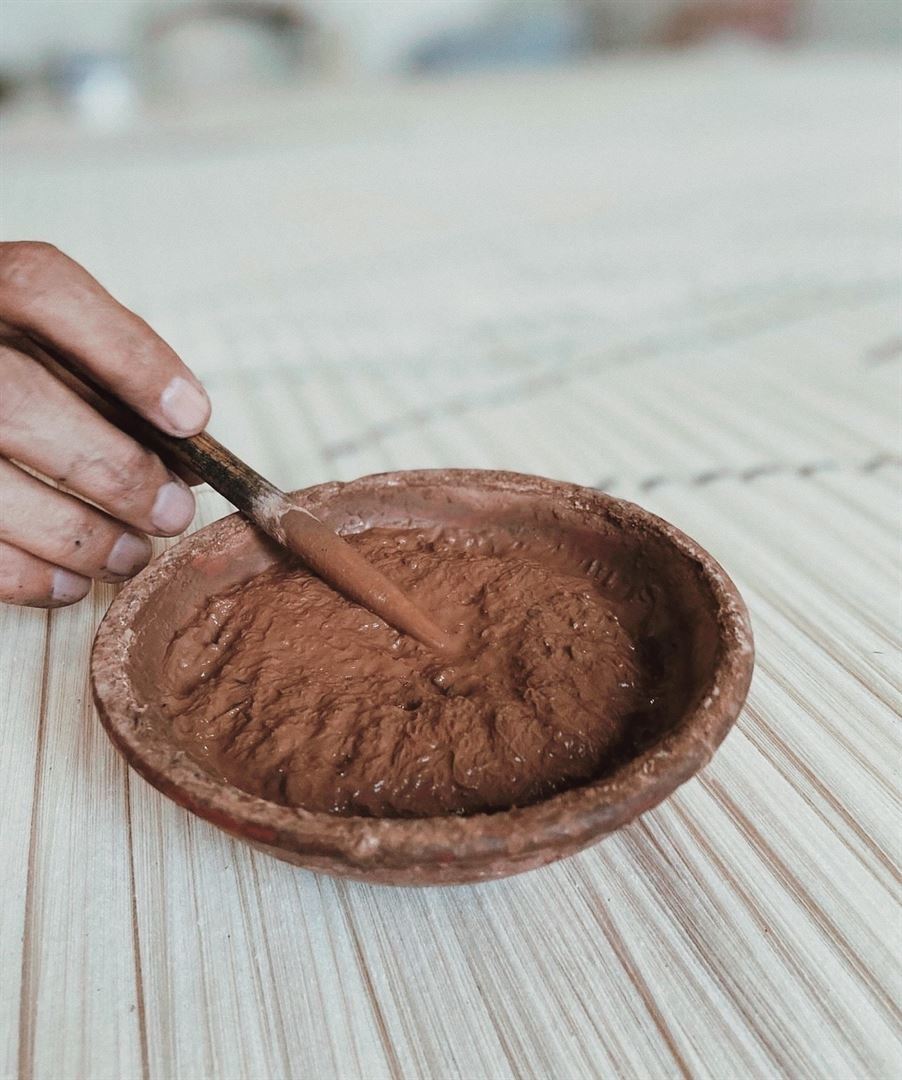
However, there is another legend that can answer the question of why these colors were chosen: in the East, the sun is very bright, so bright that it is white with a pearlescent cast - the Uzbek sun is like pearls. The sky is blue, as if azure - it is immense.
Uzbekistan is called the pearl of the East, thus identifying it with the pearly sun, and this legend is reflected in the title of our article.

"The East is a delicate matter" - not for nothing goes and such a winged expression, in the modern world "oriental subtlety" can be emphasized with accessories or integrate fabrics with national ornaments into your closet, it will be a great addition to any image, bringing mystery and tartness to it.
Timeless items that will be a real investment in your closet:
The chapan is a traditional quilted brocade robe
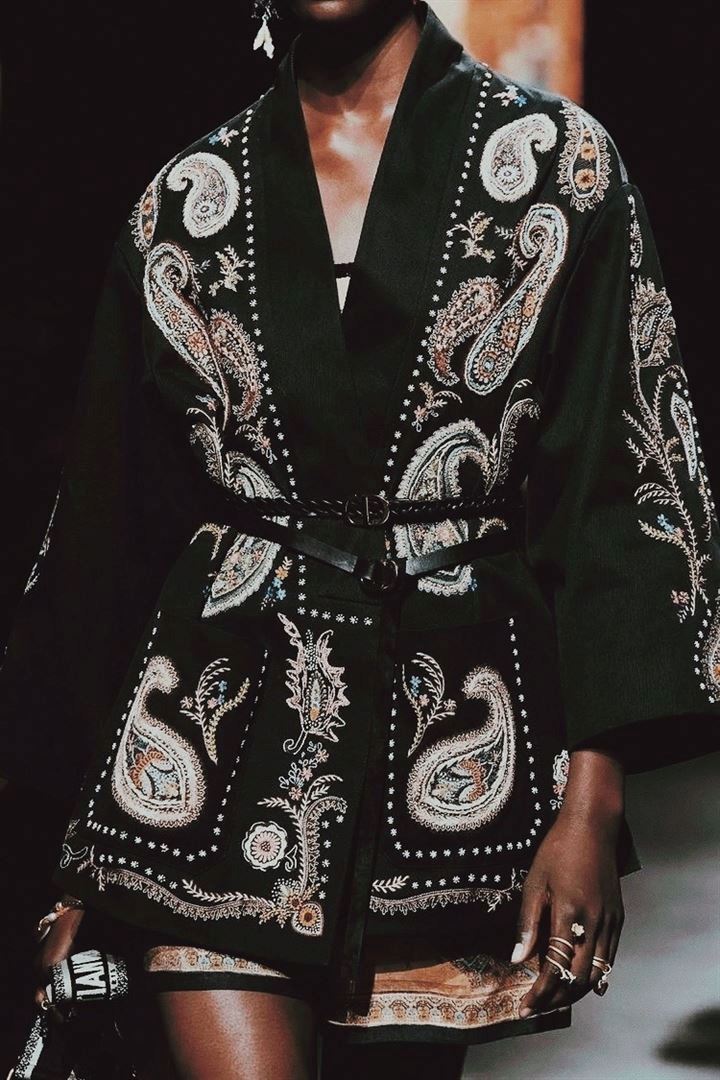
A bilbok is a belt shawl in the form of a belt

With the help of these clothes you will be able to emphasize your own individuality, as well as make it clear that you are at the peak of the trend and, thus, form your own recognizable style.
